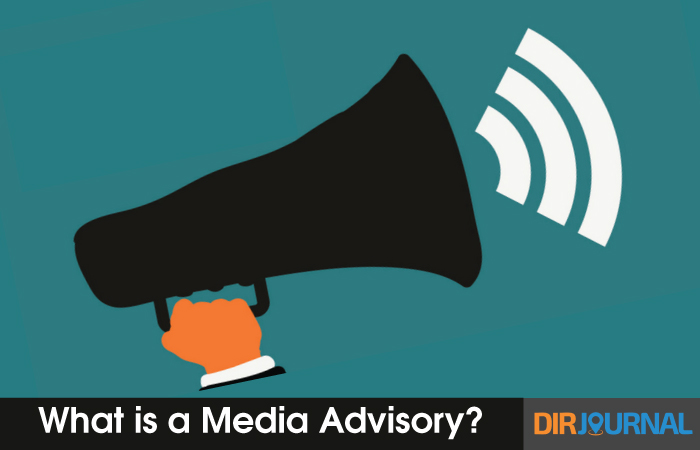A media advisory, like a press release, is used to send newsworthy (or “timely”) information to members of the media. However, media advisories are more highly specific. Media advisories tend to deal with event news, and serve as a sort of invitation for journalists to attend.
The Difference Between Media Advisories and Event Press Releases
Many individuals and companies send press releases to journalists prior to an event. These event press releases aren’t the same thing as a media advisory though. Their purposes are different.
An event press release is sent to the media in the hopes that journalists will at least mention the forthcoming event to the public, to raise awareness about the event, and to hopefully lead to increased public turnout.
On the other hand, the purpose of a media advisory is to invite members of the media to attend an event, that may or may not be public, with the aim of having the event, or the information released during the event, covered by the news media. A media advisory’s job is to tell journalists the Who?, What?, When?, Where?, and Why?, and any additional details relevant to them (such as where they can park and set up equipment prior to the event). Media advisories aren’t meant for public eyes.
Reasons to Send a Media Advisory
One of the most common types of events where a media advisory might be used is the news conference (or press conference). News conferences aren’t generally open to the public, but media (whether local or even national) are encouraged to attend. If a publication or media outlet sends a journalist to a news conference, it’s almost guaranteed exposure. News conferences can be given to announce a new product, merger, or other company news, and are also often issued in response to crisis situations to keep the public updated. Other examples of reasons to send a media advisory would be for a product unveiling, an industry tradeshow is being held, or someone from the company is holding a particularly important speaking engagement.
